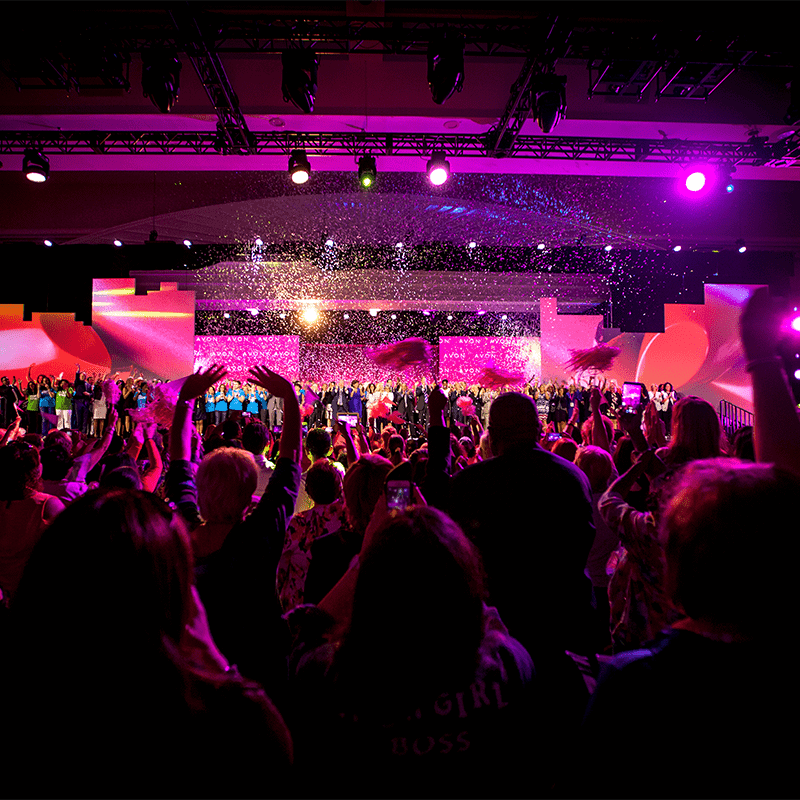Professional Tactics for Guaranteeing Peak Functionality of Light Emitting Diode Display Screens Throughout Live Music Events
Wiki Article
Light Emitting Diode video walls are becoming increasingly common for real-time events, such as musical events, conferences, and sports games. These massive displays provide lively visuals that can enhance the spectators' experience. However, to guarantee best performance during these performances, it is crucial to apply particular tactics. This piece will explore 5 essential tactics that can help maintain the quality and reliability of LED video screens during live performances.
Firstly and foremost, correct setup is crucial for the performance of LED display screens. The installation should be done by qualified experts who understand the technological needs of the gear. This includes making sure that the video screen is securely installed and that all links are correctly made. Additionally, the location of the display screen should be carefully chosen to prevent harsh light, which can cause glare and affect visibility. A thought-out installation will help avoid technical problems and guarantee that the display screen functions seamlessly throughout the event.
Another crucial tactic is to perform comprehensive checks before the event starts. This includes operating the video screen through various situations to check for any possible problems. Specialists should check the luminosity, hue precision, and clarity of the display. It is also essential to verify the sound-visual synchronization, especially for performances that include video playback. By identifying and resolving any issues in prior, event planners can avoid interruptions during the real-time event and ensure a seamless encounter for the audience.

In addition to setup and testing, having a contingency plan is crucial for the success of Light Emitting Diode display walls. Technological failures can occur unexpectedly, so it is important to be ready. Event planners should have spare equipment on hand, such as extra LED modules and cables. Furthermore, having a skilled expert available during the event can help promptly resolve any problems that may arise. This preventive approach can reduce interruptions and keep the event running seamlessly, ensuring that the spectators stays engaged.
Another tactic to consider is the use of suitable content for the Light Emitting Diode video screen. The visuals displayed should be top-notch and relevant to the performance. This means using graphics and videos that are specially designed for large displays. Content should be checked to ensure it looks well on the display wall and is easy to view from a far. Captivating visuals can improve the overall experience and maintain the spectators' focus on the event.
Lastly, regular maintenance of the LED video wall is crucial for long-term functionality. After each event, specialists should inspect the Find Out More gear for any indications of damage or deterioration. Wiping the screens and verifying links can help avoid subsequent problems. Additionally, keeping software and firmware up to date ensures that the display screen functions effectively. By focusing on upkeep, event organizers can extend the lifespan of their LED video walls and guarantee they are always prepared for the upcoming real-time performance.
In conclusion, ensuring best performance of Light Emitting Diode display screens during real-time performances requires careful planning and execution. By focusing on proper installation, comprehensive checks, having a contingency strategy, utilizing appropriate content, and regular maintenance, event planners can produce a effective and captivating encounter for their spectators. These strategies not only enhance the visual effect of the performance but also add to its total success.